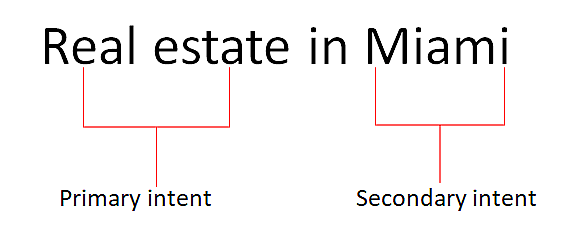Search intent and crystal balls

The key in search intent: the next search.
Google and other search engines are putting more and more emphasis on the concept of search intent. This means that beyond the keywords, the objective of the algorithm is to detect the user’s real intention in order to present the most relevant results.
The example from the Search Engine Land article uses the query “Real Estate in Miami”. From this request, we could assume that the person wishes to see properties for sale, but her intention could very well be to know the state of the real estate market in the area, or to sell her residence. Three very different search intents that would lead to very different results as well.

It is this notion of search intent that we must think about when developing our content.
What need do we want to fulfill? How can we go even further to add value to this need?
Still in the same example of real estate in Miami, Google knows, by its search history, that the “next search” is likely to be a search on neighborhoods, schools, services. Thus, content that will not only respond to the primary request, but also contain information about the requests that may follow will be prioritized.
This is the crystal ball aspect that we must develop. And very few figures and numbers allow us to build such a list (although the Search Engine Land article gives a basic methodology to try to infer subsequent searches).
If I am looking for a home in a given area, what other searches am I likely to do? Try to integrate this information into your content, take it into account, link to additional articles on the second and third searches that will be made according to the content of your article.
And this can be applied both to new content production but also content upgrades.
Hours of fun!

